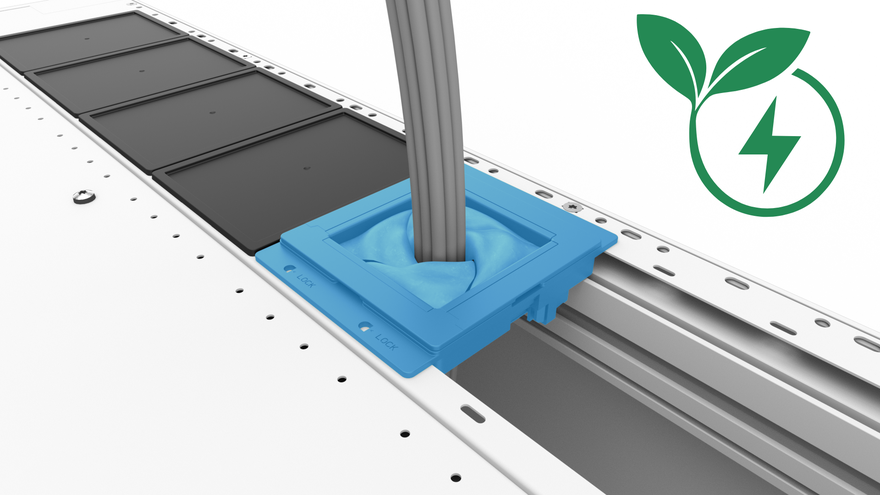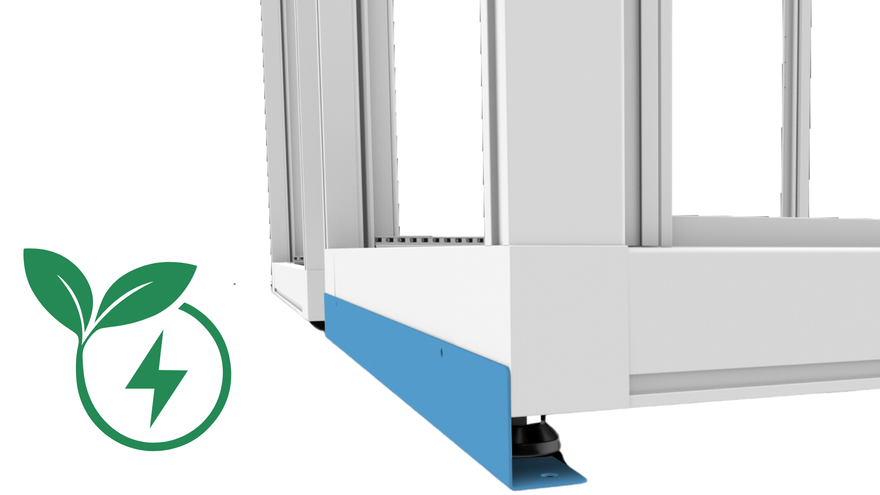As data centers face increasing scrutiny regarding energy efficiency and environmental impact, owners and operators must implement best practices in infrastructure design and maintenance. With rising global energy costs and the implementation of numerous standards and regulations, it is critical that data centers demonstrate a commitment to reducing their environmental footprint.
Industry trends and challenges
The digital transformation has witnessed exponential growth, marked by a significant increase in internet users, data center workloads, and energy consumption. The data center industry, often referred to as the digital factories of the 21st century, is now facing scrutiny akin to traditional factories concerning environmental impact. Local governments are taking a keen interest in regulating data center developments, necessitating a balance between digitalization and achieving net-zero objectives.
Standards and regulations
The data center industry adheres to several standards that highlight the close relationship between energy efficiency, sustainability, and the optimization of data center technology. Notably, the EU Code of Conduct on Data Center Energy Efficiency, the EN50600 European Standard for Data Center Infrastructure, and the international ISO/IEC 22237 standard, which outlines guidelines for the design, construction, and operation of data centers.
Adding to this is the recently updated EU Energy Efficiency Directive, effective from 2024 onward. This directive mandates stringent energy performance reporting for data centers within the EU. It requires comprehensive data submissions covering energy capacity, consumption, renewable energy utilization, water usage, and storage and network traffic.
Airflow management challenges in data centers
Airflow management and optimization are critical to any such data center energy efficiency improvement project. The main issues in efficient conditioned air usage in data centers revolve around bypass and recirculation airflow.
Bypass airflow occurs when conditioned air does not pass through IT equipment, leading to wasted energy. Recirculation airflow happens when hot air returns to the front of the cabinet, creating hotspots and affecting IT equipment performance. Both have a significant impact on increasing energy wastage and reducing efficiency.
Six key airflow management measures
Preventing the mixture of hot and cold airflows at the cabinet level mitigates well-known issues like bypass and recirculation airflows. Data center operators should seriously consider implementing the measures below to their IT cabinets, which prove key to optimizing efficiency.
1) Cabinet Airflow Packages
These are crucial to creating an airtight seal between equipment rails and the cabinet’s exterior. The latest airflow management solutions demonstrate an 85-91 percent performance increase, emphasizing the importance of proper sealing in IT cabinets.
2) Blanking Plates
Implementing properly fitting blanking plates in a 19-inch compartment is a simple yet effective solution. This ensures there are no open spaces, enhancing airflow management.
3) Cable Entry Seals for Roof Layouts
Ensuring airtight cable entry is essential to prevent hot air leakage into cold rooms. Innovative airtight cable entry systems act as a true seal, allowing cable entry without compromising energy efficiency.
4) Air Sealing Plinths for Raised Cabinets
To prevent recirculation airflows, introducing an air-sealing plinth to eliminate gaps between the cabinet and the data center floor is vital.
5) Airflow Package Cable Entry Seals
Placed in the side skirts of a cabinet as part of an airflow package, this type of cable entry accessory ensures the highest degree of airtightness while allowing cable throughput.
6) Sealing Strips for Bayed Cabinets
Address the gaps between bayed cabinets with a specialized sealing strip; these have been shown to decrease airflow loss significantly.
Quantifying the benefits
Adopting these airflow management measures not only contributes to cost optimization and energy reduction but also enhances the sustainability and reliability of data centers. From constant cold aisle temperatures to higher return air temperatures, these measures provide a comprehensive solution for achieving energy-efficient data center new builds or upgrades. By embracing these practices, data center owners and operators can align with industry standards, meet regulatory requirements, and contribute to the global push for a sustainable digital infrastructure.
Choosing the most efficient airflow management packages
Minkels, a brand of Legrand, is committed to developing data center infrastructure solutions that help data center operators meet stringent data center standards. It has developed a new cabinet airflow management platform that offers all the above features. The result is a truly sealed cabinet package that provides data center owners and operators with the most complete, cost-effective, and energy-efficient infrastructure solution available on the market.
Adopting proactive energy efficiency measures today will position your data center to stay ahead of impending legislative requirements, providing long-term environmental and economic benefits. To gain a deeper insight, access the new white paper, ‘Reducing data center costs and environmental impact by deploying six effective cabinet airflow management measures.’
More from Legrand
-

Sponsored Navigating the AI revolution
-

-




